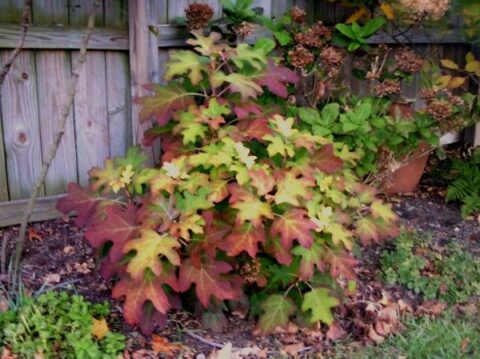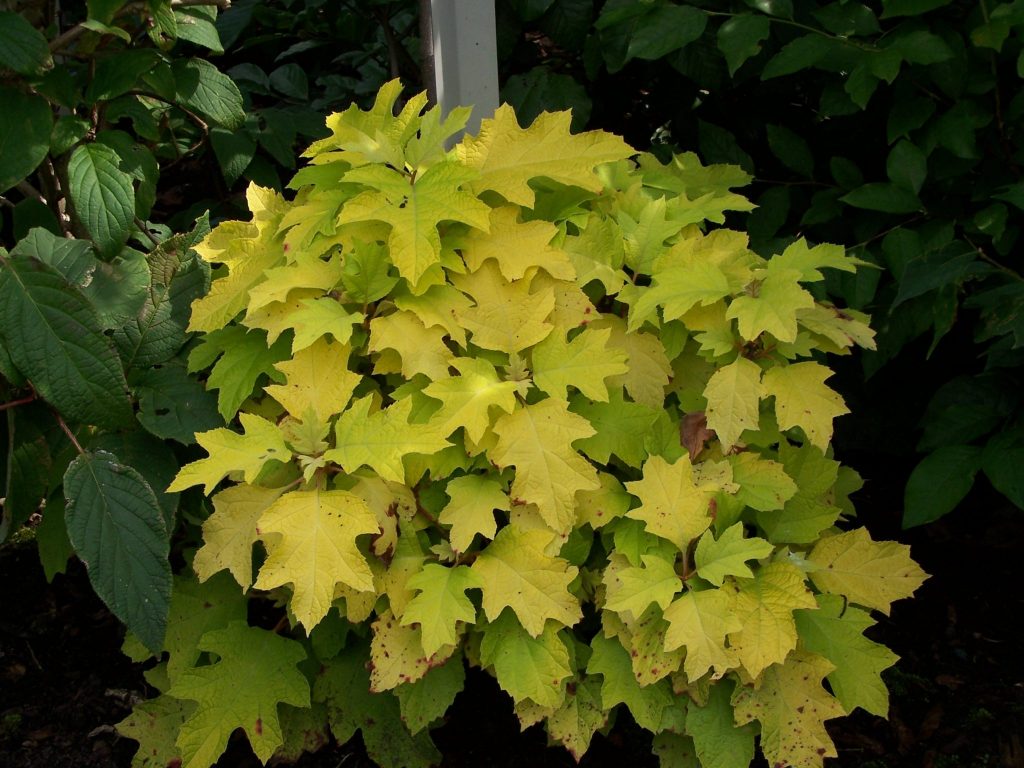Hydrangea Little Honey
Hydrangea Little Honey is a popular ornamental shrub with unique oak-shaped leaves that turn beautiful shades of yellow, orange, and red in the fall. But there's more to this plant than just its stunning foliage and delicate flowers. In this post, we'll explore the benefits, pain points, and target of Hydrangea Little Honey for garden enthusiasts.
Pain Points of Hydrangea Little Honey
When it comes to growing Hydrangea Little Honey, one of the biggest pain points is its susceptibility to pests and diseases. Another common issue is ensuring the soil pH is properly balanced to produce optimal growth and blooming. Finally, improper pruning can lead to a lack of flowers in the following season, which can be disappointing for gardeners.
The Target of Hydrangea Little Honey
Hydrangea Little Honey is ideal for those who are looking for a low maintenance shrub with year-round interest. Its stunning foliage changes with the seasons, and its delicate white flowers add a touch of elegance to any garden. As an added bonus, Hydrangea Little Honey is deer resistant, making it an excellent choice for areas with high deer populations.
Summary of Hydrangea Little Honey
Hydrangea Little Honey is a popular ornamental shrub that offers year-round interest. While proper care is necessary to avoid common pain points, it's an easy plant to care for and adds a touch of elegance to any garden.
Benefits of Hydrangea Little Honey
Hydrangea Little Honey is not only an eye-catching plant but is known for its diverse benefits. This plant provides an ornamental display in summer and fall. It also provides privacy and is an excellent addition to any garden border or foundation planting. Little Honey's oak-shaped leaves, as mentioned earlier, change color during fall to produce Beautiful shades of yellow, orange, and red that are stunning to the eye.
How to Grow and Care for Hydrangea Little Honey
Hydrangea Little Honey is relatively easy to grow, but it requires proper care to avoid common problems. When planting, ensure it is positioned in a spot where there's enough sunlight and good drainage. It is also essential to maintain the soil acidity around 6.5. When the plant is well-watered and has enough water during dry season, it establishes roots that help it to survive harsh winter conditions.
Pest and Disease Control for Hydrangea Little Honey
Hydrangea Little Honey is prone to pests such as spider mites and scales that can cause leaf damage. It is advisable to check leaves regularly for pests and use insecticides or neem oil to get rid of them. Hydrangea Little Honey is also susceptible to diseases such as powdery mildew, which, when left untreated, can damage the plant. It's essential to keep the plant dry and avoid overwatering and underwatering to prevent the development of mildew on leaves.
Personal Experience with Hydrangea Little Honey
Hydrangea Little Honey is a fantastic addition to any garden, and it is a conversation starter when visitors discover the plant in your garden. For me, Hydrangea Little Honey is a go-to when I want a splash of color and to create a relaxing atmosphere. This plant, while easy to care for, requires attention in terms of pest control, acidic soil levels, and proper watering.
FAQs About Hydrangea Little Honey
Q: What is the best soil pH for Hydrangea Little Honey?
A: Hydrangea Little Honey prefers soil with a pH between 5.5 and 6.5.
Q: How often should I water Hydrangea Little Honey?
A: Hydrangea Little Honey should be watered deeply once a week or more during hot, dry conditions.
Q: What is the ideal location to plant Hydrangea Little Honey?
A: Hydrangea Little Honey should be planted in a location with part sun and part shade and well-draining soil.
Q: When should I prune Hydrangea Little Honey?
A: Hydrangea Little Honey should be pruned in late winter or early spring before new growth appears.
Conclusion of Hydrangea Little Honey
Hydrangea Little Honey is a great choice for gardeners who want to add a splash of color to their garden without much effort. With proper care, this plant is easy to maintain and provides beautiful foliage and flowers throughout the year. By following these tips, you can enjoy the beauty of Hydrangea Little Honey for many seasons to come.
Gallery
Hydrangea Quercifolia ‘Little Honey’ | Kiefer Nursery: Trees, Shrubs

Photo Credit by: bing.com / hydrangea quercifolia oakleaf shrubs
Hydrangea Quercifolia Little Honey

Photo Credit by: bing.com / hydrangea oakleaf quercifolia
Hydrangea Quercifolia 'Little Honey' (Hydrangea, Little Honey Hydrangea

Photo Credit by: bing.com / hydrangea quercifolia sill forming
Hydrangea Quercifolia ‘Little Honey’ ® - Greenseasons

Photo Credit by: bing.com / hydrangea honey little quercifolia greenseasons
'Little Honey' Oakleaf Hydrangea

Photo Credit by: bing.com / hydrangea oakleaf honey little zoom roll over click